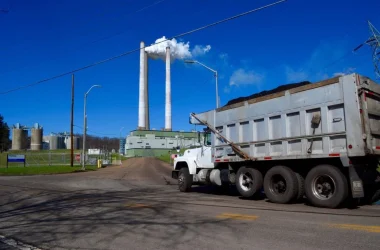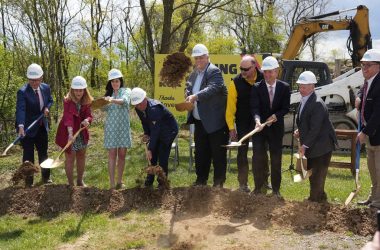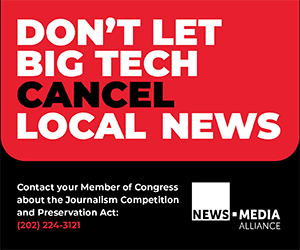From The Register-Herald of Beckley:
“Being poor isn’t fun.”
That was the real life assessment of Carey Jo Grace of the West Virginia Healthy Kids & Families Coalition in testimony before the House Judiciary Committee during the 2016 legislative session, speaking against a bill that would require drug screening and testing of applicants for Temporary Assistance for Needy Families (TANF) benefits.
The bill became law and went into effect Nov. 1 of this year. The preliminary numbers are just that. In the first few days of the program, 73 people had sought benefits and a grand total of four were referenced for drug testing. No word on how many of those four showed up for testing or tested positive – or on how much the screening cost.
But the suspicion that our state now assigns anyone who is on welfare speaks to our darker nature – not our better angels. And it may be costing taxpayers an investment with little, if any, return.
In a state that has more than its fair share of families living in neighborhoods right around the corner or just up the hollow from the poverty line, where the percentage of people on public aid outstrips much of the nation, why are we drug testing folks who are being emotionally tested already?
Where is our unconditional helping hand up?
This program and the politicians who approved of it cast a “holier-than-thou” suspecting eye on people for no other reason than they are poor and in need of help. Well, yes, grandstanding politicians can now boast that they are tough on “welfare cheats.”
Bravo. Take a bow.
It doesn’t take much research to realize the program smacks of demagoguery, namely profiling and pointing fingers at the less fortunate, and it fails spectacularly in other states at identifying drug abusers. Let’s call this what it is: a populist appeal that plays on emotions and prejudices rather than standing on the side of reason and rationale. It makes us, as a people, less caring.
If there is such a thing as a redeeming value of the testing program it is that if people test positive, they can still receive benefits if they agree to substance abuse treatment or a counseling program and a job skills program.
A second drug test failure leads to suspension of benefits. A third strike? They become permanently ineligible.
Yes, permanent, when we all know full well that drug dependency is a disease and curing it often takes multiple trips to treatment – if there is an open bed.
Over the past decade, almost all states have proposed – but not always passed – some form of screening or drug testing of applicants. But there are problems. Consider:
• On the legal side of the equation, applicants – in many states including West Virginia – can be tested on “reasonable suspicion” of drug use. So much for “innocent until proven guilty.”
“Reasonable suspicion” leaves too much to interpretation and plays to an unattractive base instinct of judging people based on appearance, which – as history has shown – most often targets minorities.
• There’s the cost. The program could very well spend state tax dollars – that’s your money – without significant results. Given the state of a budget struggling to stay above water, there’s not a lot of spare change to pay for fishing expeditions. Proponents of these bills have said they will save dollars by getting users off the public dole. But drug-testing programs in other states haven’t seen such results.
• And then there are test results that fly in the face of stereotypes. Missouri, according to state data gathered by ThinkProgress, tested 38,970 welfare applicants in 2014, turning up 48 positive drug tests. The cost? $336,297 – or just north of $7,000 for each positive result. Between 2010 and 2014, according to the same data, Arizona tested 142,424 welfare applicants and found a grand total of three positive drug tests. In seven states with existing programs, the rate of positive drug tests to total welfare applicants ranged from 0.002 percent to 8.3 percent. The national drug use rate is 9.4 percent.
Yes, drug use among the general population is higher than among those being tested to receive welfare.
A meaningful social welfare program is a helping hand – not a hand out – to those down on their luck. Its recipients have been through tough times that strip away integrity. Shame keeps many from even applying for public assistance. Instead of spending money to test these folks for drugs, we should look to our better nature and design effective programs that would help them build a path forward.
Read more at The Register-Herald of Beckley





